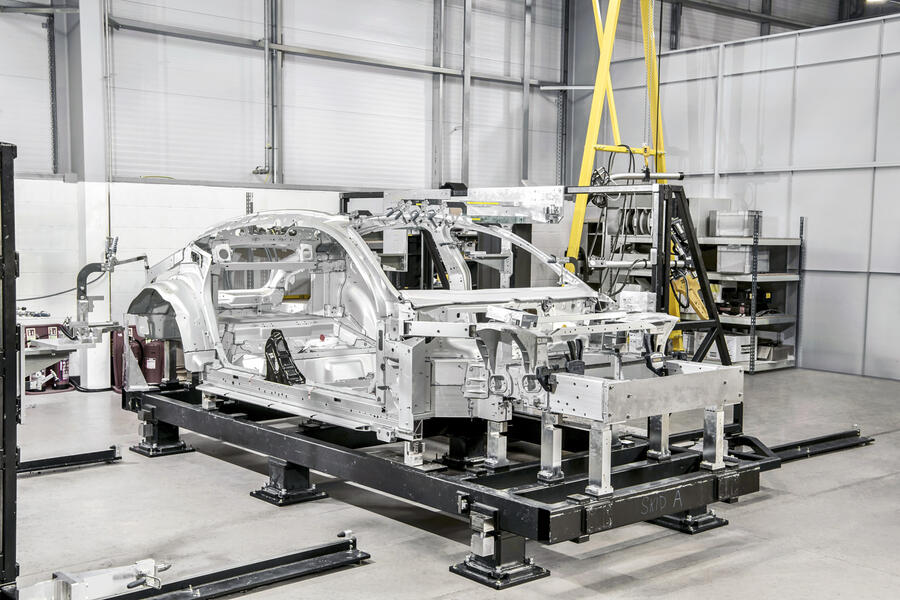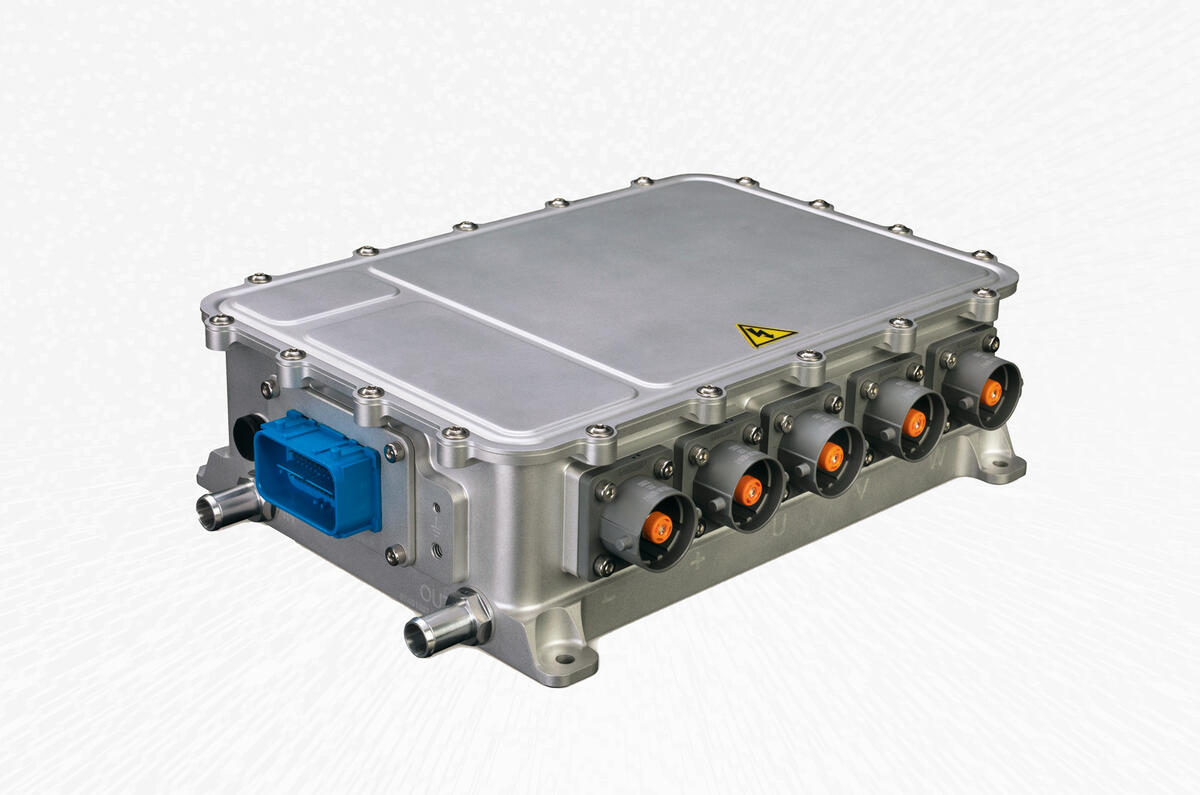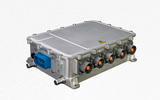Most of the headlines surrounding EV technology relate to advances in battery technology, performance and range.
But one of the most important bits in an EV’s drivetrain, the inverter, is often overlooked. McLaren Applied, Nio, Equipmake and BorgWarner have all recently announced new, compact 800V inverter technology that’s capable of significantly increasing the range and charge speed of EVs.
Inverters convert the DC current from the EV battery into three-phase, AC current to drive the EV’s AC traction motor and also back again, from AC to DC, during regenerative braking. In addition, they control the speed of the motor in response to the accelerator pedal. The new generation of inverters all substitute SiC (silicon carbide) MOSFET (metal oxide semiconductor field effect transistor) for the traditional, silicon IGBT (insulated-gate bipolar transistor). These transistors are electronic switches that convert DC to AC in a process that is, unsurprisingly, called ‘switching’.
A three-phase electrical feed is rather like having three separate feeds of electricity. Each one has a wave form, each of the three phases reaching its peak 120deg after the previous one. It’s this that creates a rotating merry-go-round magnetic field that spins the rotor. By altering the frequency of those waves, the motor changes speed.
SiC MOSFETs can switch current much faster and handle more power. Equipmake claims its HPI-800 can switch at 40kHz (compared with 20kHz for an IGBT inverter) and that lightweight construction takes its power-to-weight ratio from 54bhp per kg to 134bhp per kg with SiC.
Nio’s SiC inverter was developed by its motor division, XPT, and it will be launched in the ET7 later this year. Electrical systems may be highly effi cient, but they still suffer losses. Nio claims switching losses are reduced by more than 30%, overall power losses are cut by 4% and power is up by 5%.
McLaren Applied’s IPG5 (Inverter Platform Generation 5) can drive motors with a peak power of 469bhp (335bhp continuous), weigh just 5.5kg and occupy a space of 3.79 litres. The new inverter makes its debut in the Bak Motors Kincsem HyperGT and SUV, hydrogen-powered hybrids.
There are no fancy acronyms for BorgWarner, which simply calls its new device “our SiC inverter”. It’s the same deal here: fewer conduction losses, high switching efficiency, says the company, and power losses reduced from 40% to 70% compared with silicon-based inverters. Considering the lengths EV developers go to in scrutinising every detail of an EV’s electrical and electronics systems to save every milliamp of energy, these figures sound impressive.
Today, 800V architectures are already in production in the latest EVs and they are what make ultra-rapid charging possible. By doubling the voltage from the previous 400V, electrical power is increased but the current (amps) stays the same. In practical terms, that means high-voltage cabling can remain smaller and lighter and power losses are reduced. With potentially lighter and more energy-dense silicon anode batteries just around the corner and solid state beyond that, combined with these significantly improved and lighter inverters, it looks like there’s a lot to look forward to.
Polestar weight loss diet

Continuing the theme of reducing the inevitable increased weight of EVs compared with ICE equivalents, Polestar’s new bonded aluminium platform, which is due to make its debut on the 5 four-door GT, is expected to weigh less than those in smaller segments. Normally, it would be slow to manufacture, but Polestar says it has found a way to speed up the process by developing the body and platform in unison.







Join the debate
Add your comment